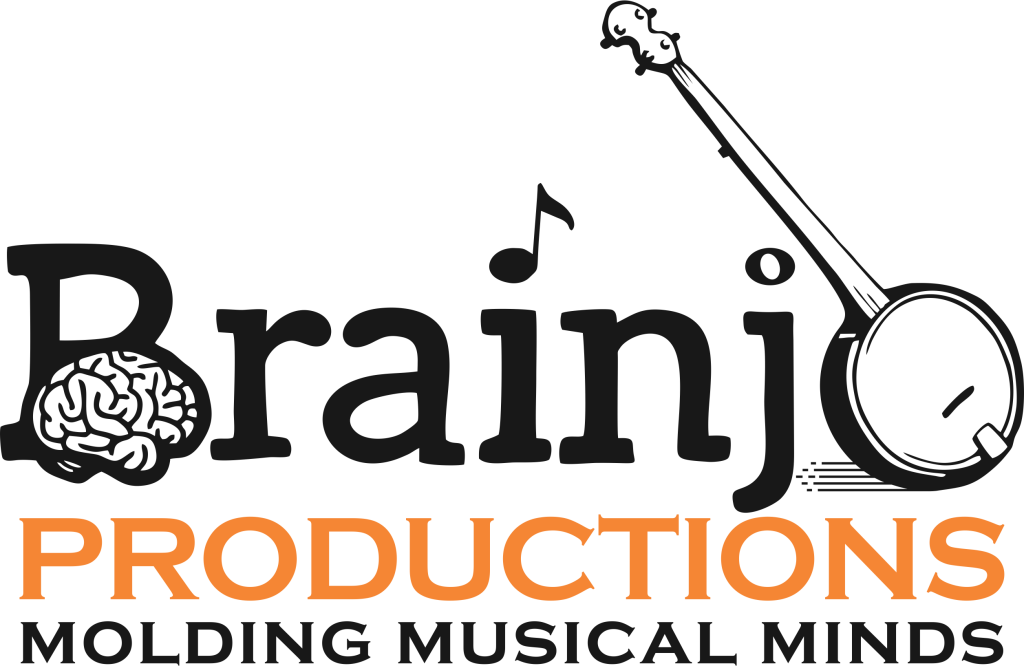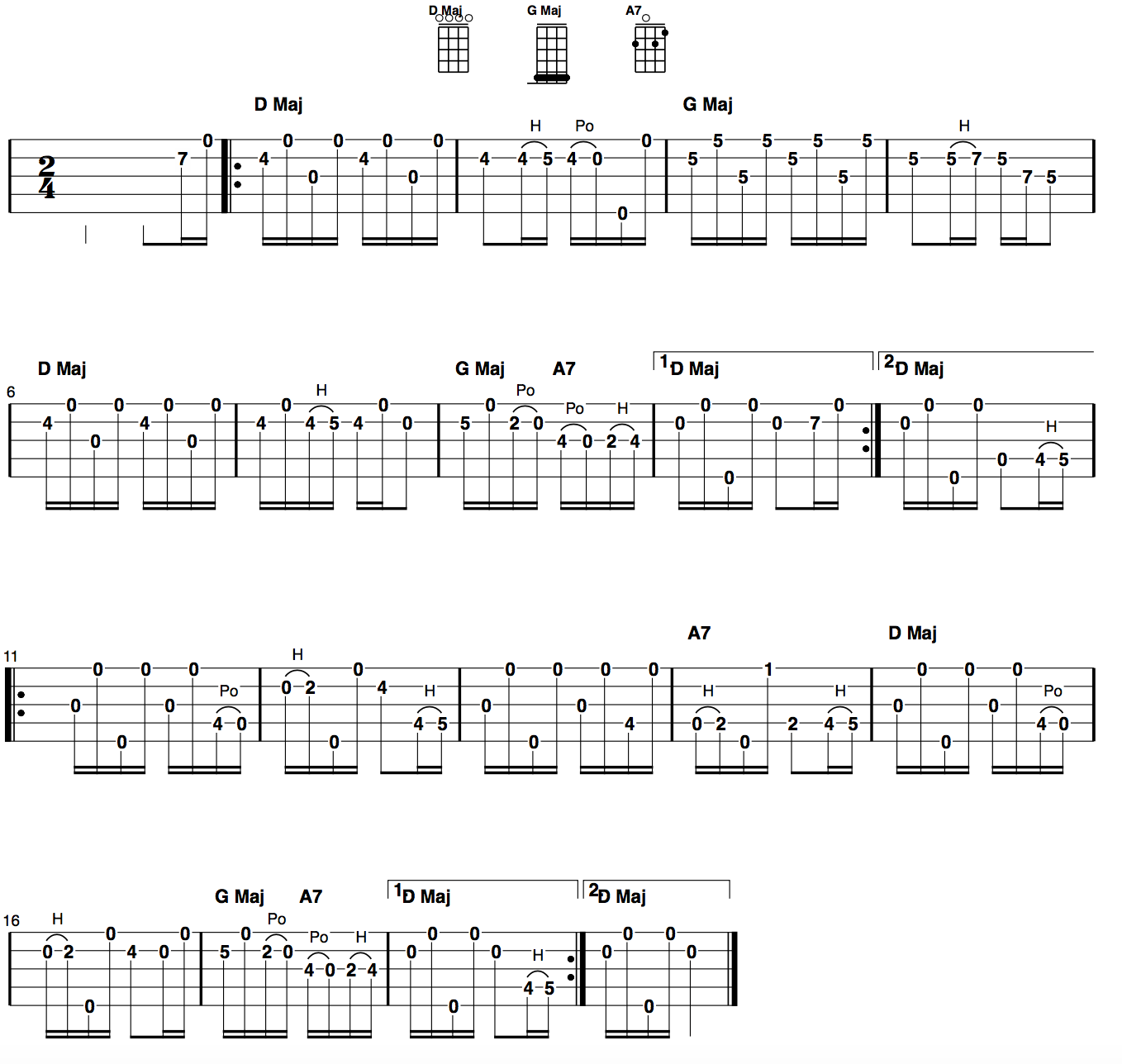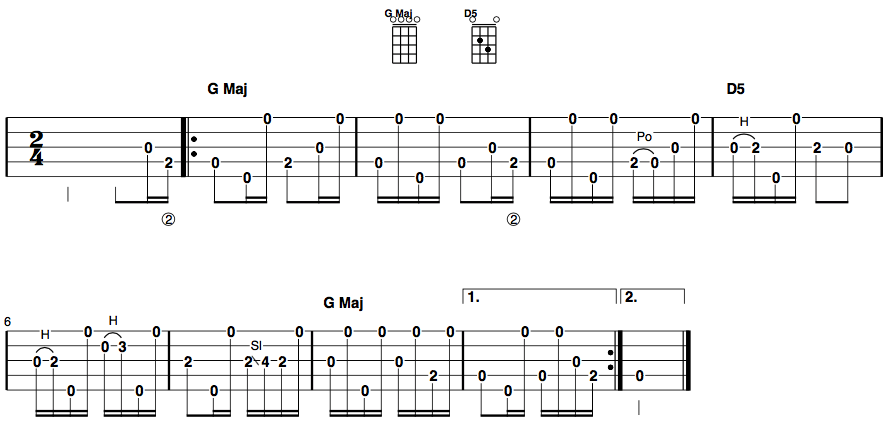
by Josh Turknett, MD
About the Laws of Brainjo Series
Written in partnership with the Banjo Hangout, the “Immutable Laws of Brainjo” is a monthly series on how to apply the science of learning and neuroplasticity to practice banjo more effectively – these are also the principles that serve as the foundation for the Brainjo Method for music instruction.
(RELATED: The Brainjo Method forms the basis for the Breakthrough Banjo course. Click here to learn more about the course.)
Should bluegrass banjo players learn clawhammer?
Should clawhammer players learn old time fingerpicking?
Should Scruggs style pickers learn melodic style?
These sorts of questions are bandied about all the time inside banjo forums.
Not surprisingly, you’ll find the range of responses and opinions run the full gamut.
The argument against the proposition usually takes the same form – that learning another style takes time away from learning your primary, or initial style, thereby slowing the learning process and limiting your ultimate results. According to the naysayers, the opportunity cost isn’t worth it.
As you may know, because I’ve touched on it in prior episodes, I strongly disagree with that line of reasoning. I’d argue that the only reason we even have this discussion at all is because the conventional learning process ends up making playing in different styles FAR more challenging than it should be.
But, that’s not the point I want to make here.
Instead, I’m going to present an argument for learning new styles that you may have never considered, but really should. Because the benefits of breaking out of your comfort zone may be far greater than you realize.
As you’ll soon discover, it could literally save your life.
(RELATED: For more about how the learning path determines your ability to learn multiple styles, click here to read “How To Pick The Banjo In Any Style”)
Maintaining Order in the Chaos
With time, everything trends towards disorder. It’s a law of the universe (the 2nd law of thermodynamics, to be precise).
Just maintaining a tidy bedroom takes daily effort.
And this battle against disorder is waged every second inside our bodies and brains, too. With time and use, things break down. Without repair and recovery mechanisms working constantly, we’d fall apart in the blink of an eye.
In the end, as remarkable a self righting machine as our body is, disorder still eventually wins out. Over time, things stop working as well as they used to, then they stop working altogether.
That’s the aging process in a nutshell.
But, if you’re like most people, you’d like that process of decline and decay to go as slowly as possible. You’d like to maintain your body and brain in its best working condition as long as possible. And you’d like as many spins around the sun as you can manage.
So now, after that bleak opening, let me raise your spirits with some good news. Because it turns out there’s quite a bit we can do to slow that decline and boost the disorder-fighting forces inside us.
Learning To Reverse Time
Recently on the Intelligence Unshackled podcast (a podcast about how we can all get the most out of our brain), I interviewed neuroscientist Dr. Michael Merzenich.
Dr. Merzenich, an inspiration of mine, has been referred to as the “Pioneer of Plasticity,” having conducted much of the research that overturned the long-held notion that the brain was fixed in structure after childhood. In a number of experiments, he clearly showed that the brain was capable of making major structural alterations throughout its lifespan.
And thank goodness this is true! Because it’s our brain’s ability to change itself that allows us to learn the banjo, or anything else, at any age.
But what his research has also shown is that learning new things, and the changes in the brain that occur to support it, has astonishing benefits for the health of our brain.
In one of the most remarkable studies on this subject, Merzenich and his colleagues were able to demonstrate reversal of more than 20 different established neurophysiological markers of brain aging through training alone (in this case in the domain of auditory perception). One month of training to develop particular listening skills was able to undo what had previously thought to be inevitable and irreversible consequences of getting old.
Learning new things reversed aging, restoring the brain to a more youthful state. No magic potions, pills, or fountains required.
And the research supporting this phenomenon continues to grow. Based on the body of evidence, Merzenich believes that learning new things is the single best strategy both for keeping the brain in peak condition, and protecting against dementia, including Alzheimer’s disease (I happen to agree, and getting people to take full advantage of this property of their brain is a core mission of Brainjo).
Rethinking Learning New Styles
With this research in mind, let’s revisit our opening question. Should we learn new styles, or new ways of picking the banjo? How about new instruments?
As I mentioned, the central argument given by the naysayers that it’s not worth the opportunity cost of the time you won’t be spending developing your original style.
But that argument assumes that we’re optimizing for is mastery. It assumes that our goal is to get as good as we can possibly get.
This of course is not limited to just banjo players. From tennis to breakdancing to basket weaving, I’d venture that mastery is considered to be the primary objective for anyone developing a particular skill, whether explicitly acknowledged or not.
But what if, instead, our main goal is to improve the health and function of the brain?
What if, instead, our main goal is to strengthen the forces battling disorder in the brain, to reverse the aging process in the brain, and to maximize our protection against things like dementia and Alzheimer’s?
What if, instead, our main goal is to improve our odds of a few more spins around the sun?
From this perspective, the answer is a no brainer (sorry). We should absolutely learn new playing styles.
Because if we’re looking to fully capitalize on the brain-protecting benefits of new learning, the best candidates are the things we’re no good at. Because that’s where we have the most room to grow.
Moreover, viewed from this perspective, continuing to work on a skill once we’ve reached the shallower parts of the learning curve yields diminishing returns. Once we’ve hit the intermediate to advanced level, continued efforts no longer yield the same benefits to the brain.
So, if we’re optimizing for brain health, sticking with one style doesn’t afford us the same improvements that learning a new style, or a new instrument, would.
One final point here: if you find yourself in one of the later decades of life, you might be extra inclined to think that learning multiple styles, or instruments, is foolish.
But, once again, seen from this new perspective, it is especially important for you. The young-uns with their freshly made brains don’t have a lot of aging to undo.
Those who’ve put more miles on their cerebral cortices, on the other hand, stand to gain the most!
Intelligence Unshackled Episode: Why You Should Embrace Your Ineptitude
If you’d like more on this topic, in the audio player below you can listen to a recent episode of the Intelligence Unshackled episode where I explore the reasons why we should pursue the very things we feel inept at (click here to listen on iTunes).
9 Ways to Practice Smarter – free book and video
The “9 Ways to Practice Smarter” is a collection of 9 essential ways to get more out of your banjo practice. Click the button below to download the book, along with access to the full video.
To learn more about the Breakthrough Banjo courses for clawhammer and fingerstyle banjo, click the relevant link below:
— Breakthrough Banjo for CLAWHAMMER Banjo —
— Breakthrough Banjo for FINGERSTYLE Banjo —
View the Brainjo Course Catalog

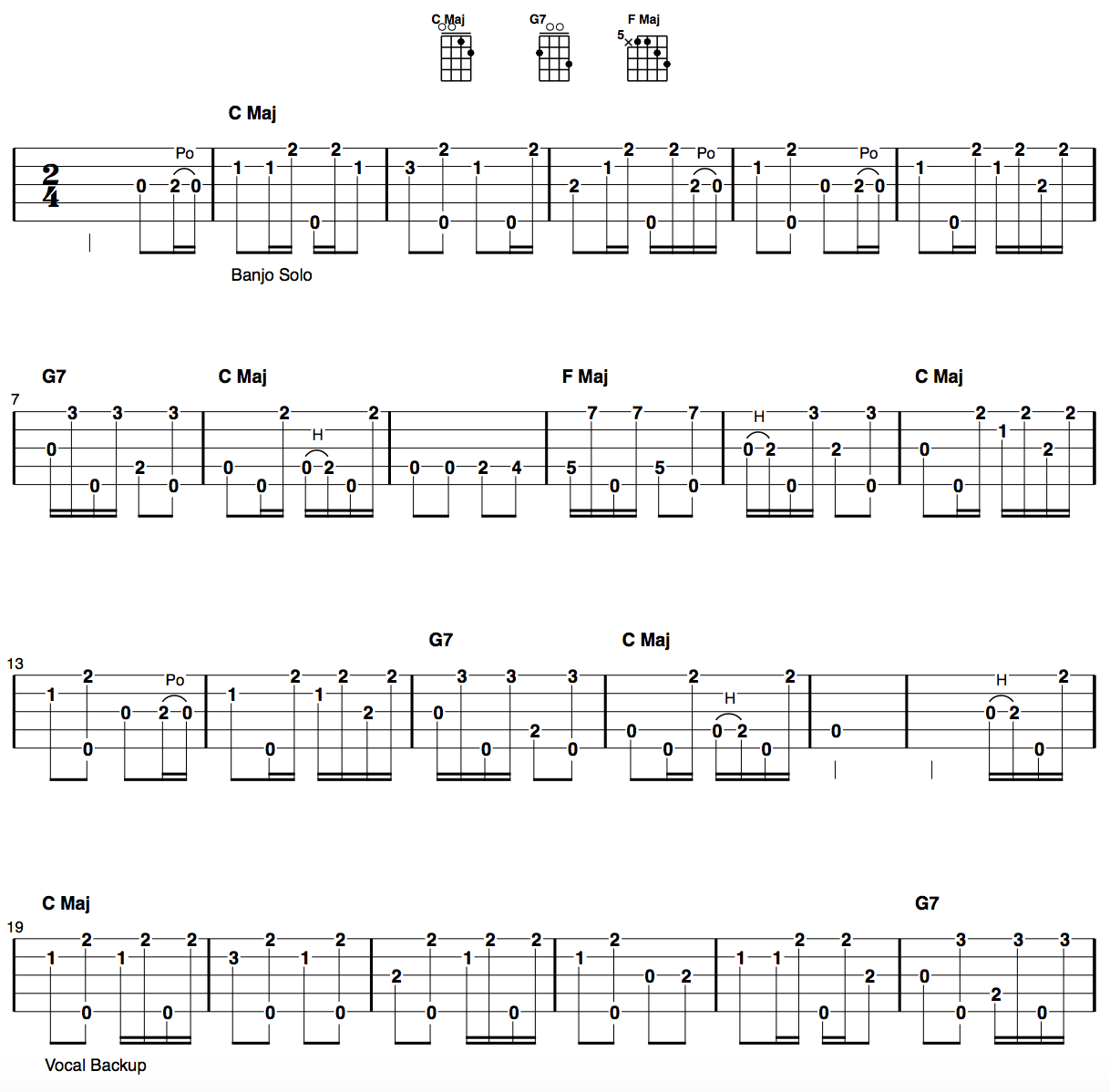
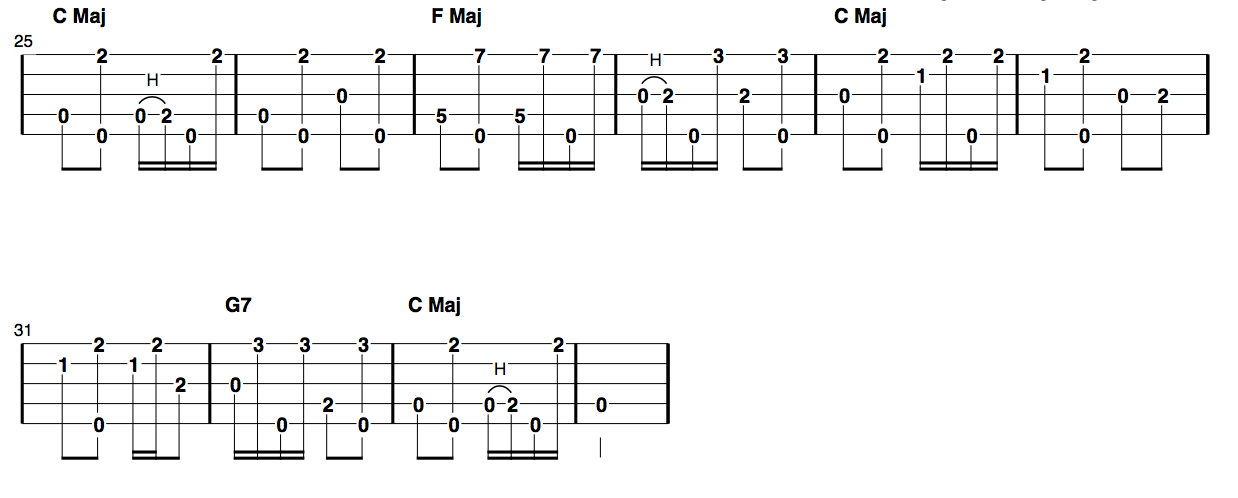 Recent Banjo Songs and Tabs of the Week:
Recent Banjo Songs and Tabs of the Week: